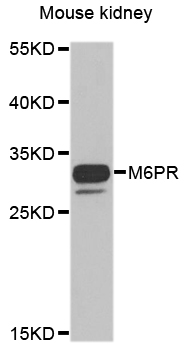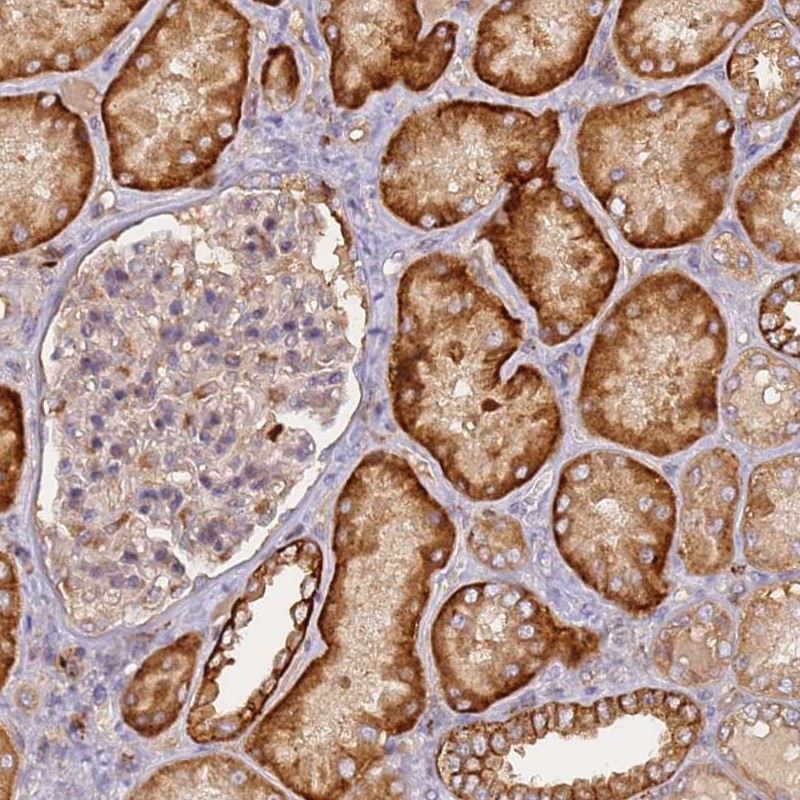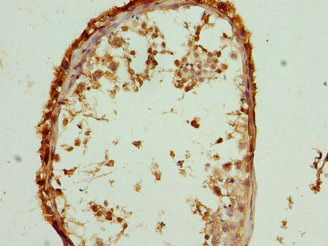M6PR (cation dependent) antibody
GTX16417
ApplicationsImmunoFluorescence, Western Blot, ImmunoCytoChemistry
Product group Antibodies
TargetM6PR
Overview
- SupplierGeneTex
- Product NameM6PR (cation dependent) antibody
- Delivery Days Customer9
- Application Supplier NoteWB: 1:500. ICC/IF: 1:200. *Optimal dilutions/concentrations should be determined by the researcher.Not tested in other applications.
- ApplicationsImmunoFluorescence, Western Blot, ImmunoCytoChemistry
- CertificationResearch Use Only
- ClonalityPolyclonal
- ConjugateUnconjugated
- Gene ID4074
- Target nameM6PR
- Target descriptionmannose-6-phosphate receptor, cation dependent
- Target synonymsCD-M6PR, CD-MPR, MPR 46, MPR-46, MPR46, SMPR, cation-dependent mannose-6-phosphate receptor, 46-kDa mannose 6-phosphate receptor, CD Man-6-P receptor, Mr 46,000 Man6PR, small mannose 6-phosphate receptor
- HostChicken
- IsotypeIgY
- Protein IDP20645
- Protein NameCation-dependent mannose-6-phosphate receptor
- Scientific DescriptionLysosomal enzymes containing one or two mannose 6-phosphate (man6P) moieties are moved about in the cell by two distinct but interconnected cycles by means of 300 kDa cation-independent mannose 6-phospate receptors (MPR). MPR cycles and transports newly synthesized lysosomal enzymes between the TGN and late endosomes / early lysosomes. It also cycles and transports extracellular lysosomal enzymes between the plasma membrane and early endosomes via clathrin coated vesicles. The bulk of the MPR protein is in the extracellular/lumenal domain. The entire pool of MPRs cycles between these cellular compartments every 3 hours. The steady state distribution of MPRs is predominantly within late endosomes, fewer in the trans Golgi network and ~5-10 % at the cell surface. In addition to its man6P binding activity, the MPR contains a separate binding site for the type II insulin-like growth factor and is capable of binding both man6P and IGF-II simultaneously. An ~240 kDa soluble, truncated form, representing the extracellular domain of the protein, has also been found circulating in serum and is capable of binding both ligands.
- Storage Instruction-20°C or -80°C,2°C to 8°C
- UNSPSC12352203






